Peruvian Chili Sauce: A Spicy Journey Through Global Spice Traditions
Spice is the soul of global cuisine, and nowhere is this more evident than in the vibrant world of Peruvian chili sauce. This fiery condiment has captured the hearts (and palates) of food lovers worldwide. In this article, we'll explore the history, flavor profiles, and cultural significance of Peruvian chili sauce, while also offering practical tips for cooking with it. Whether you're a seasoned chef or an enthusiastic home cook, there's something here for you.
Table of Contents
- What Is Peruvian Chili Sauce?
- Flavor Profile and Ingredients
- How to Use Peruvian Chili Sauce
- Buying Guide: Choosing the Right Peruvian Chili Sauce
- Global Spice Traditions and Peruvian Influence
- Tips for Cooking With Peruvian Chili Sauce
- Conclusion
What Is Peruvian Chili Sauce?
Peruvian chili sauce, often called aji amarillo sauce, is a traditional condiment originating from Peru. Made primarily from the ají amarillo, a yellow chili pepper known for its sweet, citrusy, and slightly spicy flavor, this sauce is a staple in Peruvian kitchens. It’s used to enhance everything from ceviche to grilled meats and even as a base for marinades.
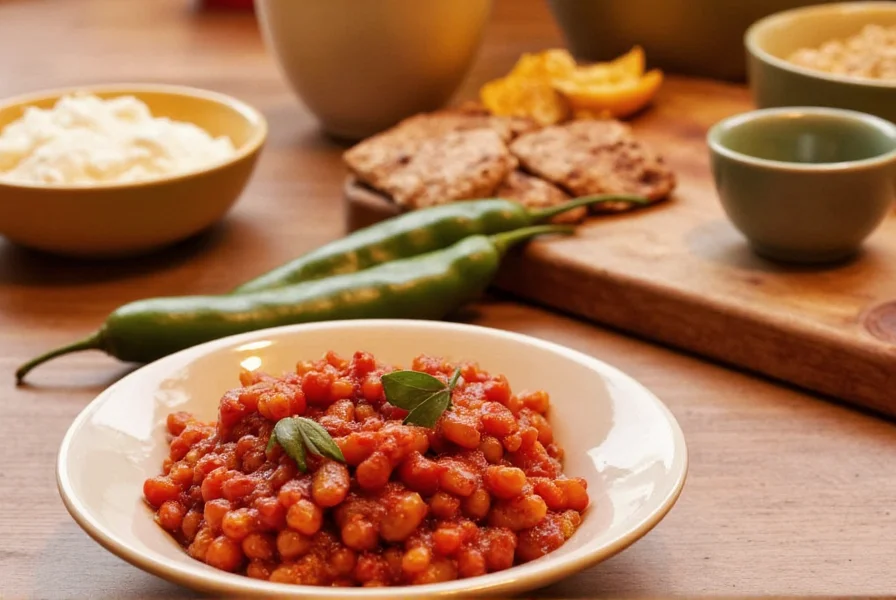
While there are many variations, the classic version typically includes garlic, vinegar, and sometimes lime juice. The result is a bright, zesty, and complex sauce that brings both heat and flavor to any dish.
Flavor Profile and Ingredients
The flavor of Peruvian chili sauce is as diverse as the country itself. Here’s a breakdown of what you can expect:
- Heat Level: Medium to high, depending on the variety of peppers used.
- Taste: Sweet, tangy, and slightly smoky with a hint of citrus.
- Aroma: Fresh and pungent, with a strong chili scent.
Common ingredients include:
- Aji amarillo peppers
- Garlic
- Lime juice
- Vinegar
- Salt
- Optional additions: onion, cilantro, or olive oil
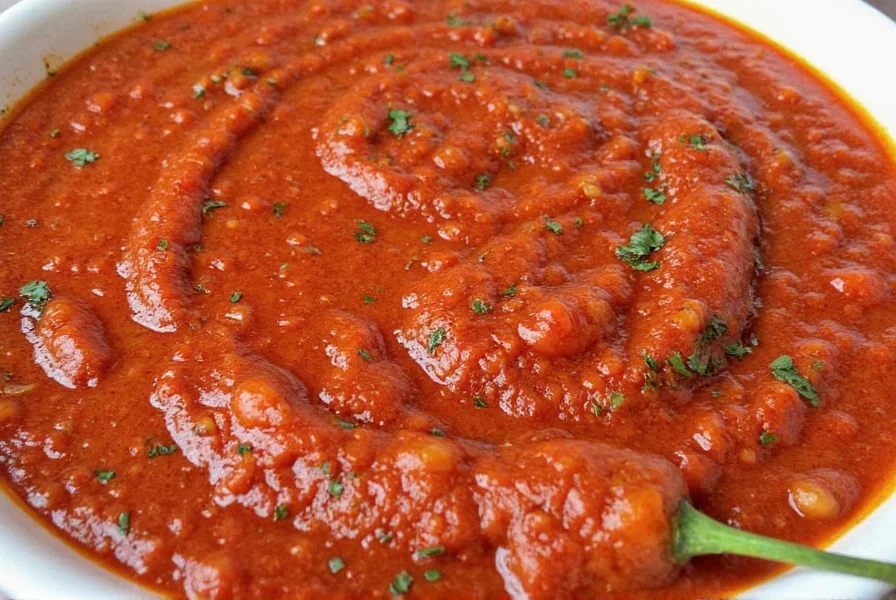
This combination creates a sauce that is both bold and balanced, making it incredibly versatile in the kitchen.
How to Use Peruvian Chili Sauce
Peruvian chili sauce is more than just a dipping sauce—it's a flavor enhancer that can elevate your meals in countless ways. Here are some creative ideas:
- Marinades: Use it to marinate chicken, fish, or vegetables before grilling or roasting.
- Dressings: Mix it into salads or use it as a base for a spicy vinaigrette.
- Dips: Serve it alongside empanadas, plantains, or fresh vegetables.
- Cooking: Add a splash to soups, stews, or even scrambled eggs for an extra kick.
- Beverages: Some adventurous chefs add it to cocktails or mocktails for a unique twist.
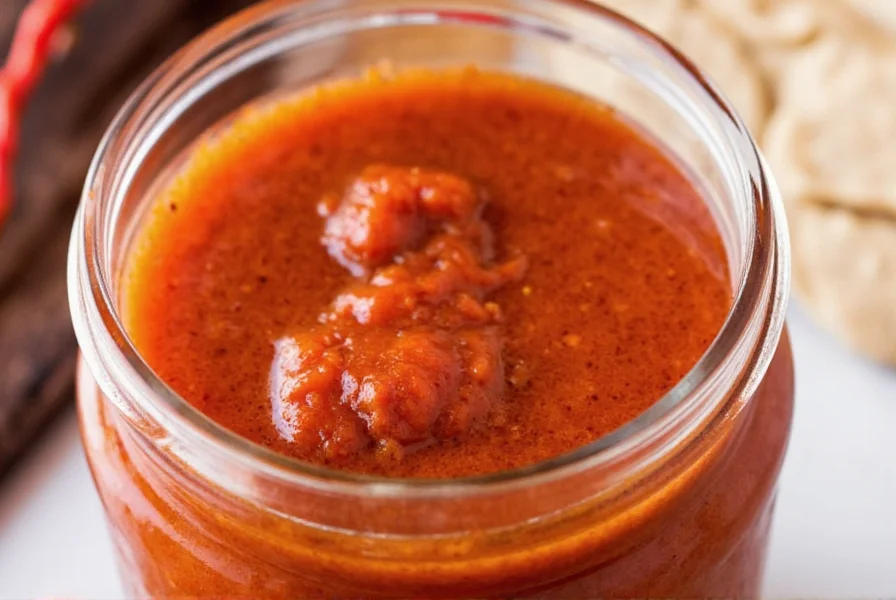
With its versatility, Peruvian chili sauce can be the secret ingredient that takes your cooking to the next level.
Buying Guide: Choosing the Right Peruvian Chili Sauce
If you’re looking to bring the flavors of Peru into your kitchen, choosing the right chili sauce is key. Below is a comparison of popular brands and their features:
| Brand | Flavor Profile | Heat Level | Ingredients | Best For |
|---|---|---|---|---|
| La Minka | Smooth and zesty | Medium | Peppers, garlic, lime | Salads, dressings, marinades |
| El Cielo | Fruity and slightly sweet | High | Peppers, vinegar, sugar | Grilled meats, seafood, dips |
| Chifa Salsa | Spicy and tangy | Very High | Peppers, garlic, chili powder | Bold dishes, hot sauces |
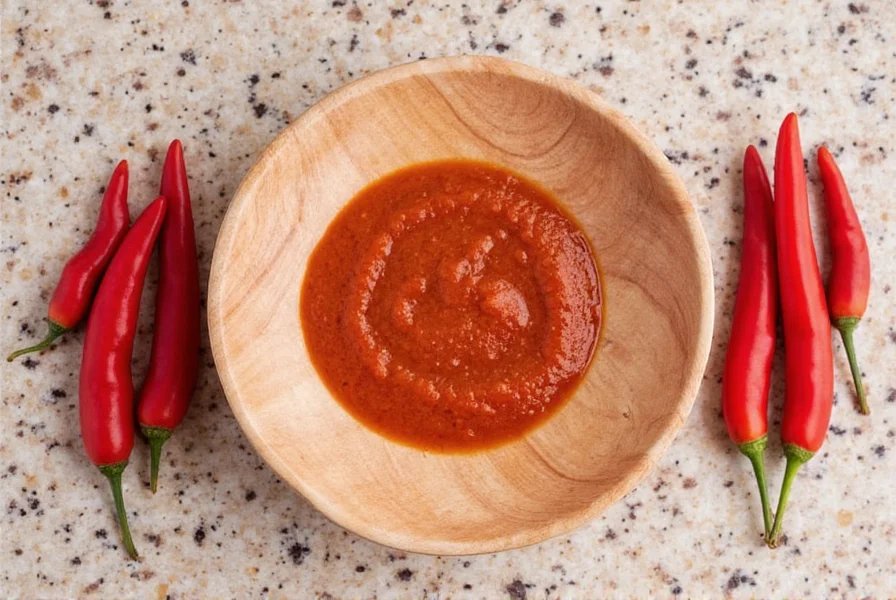
Each brand has its own unique characteristics, so experiment to find your favorite. If you're shopping in-store, look for labels that mention ají amarillo and peruano to ensure authenticity.
Global Spice Traditions and Peruvian Influence
Spices have shaped the world’s cuisines for centuries, and Peru is no exception. While Peruvian chili sauce is a regional specialty, it reflects broader global spice traditions. Let’s take a quick look at how it compares to other famous chili-based sauces around the world:
| Country | Popular Chili Sauce | Key Flavor Notes | Similarities to Peruvian Sauce |
|---|---|---|---|
| Mexico | Salsa Verde | Herby, tart, green chilies | Both use green peppers and are used as dips |
| Thailand | Gai Tod Sauce | Spicy, sweet, and tangy | Shared emphasis on balance and heat |
| India | Green Chutney | Herby, minty, and spicy | Both incorporate herbs and have a fresh quality |
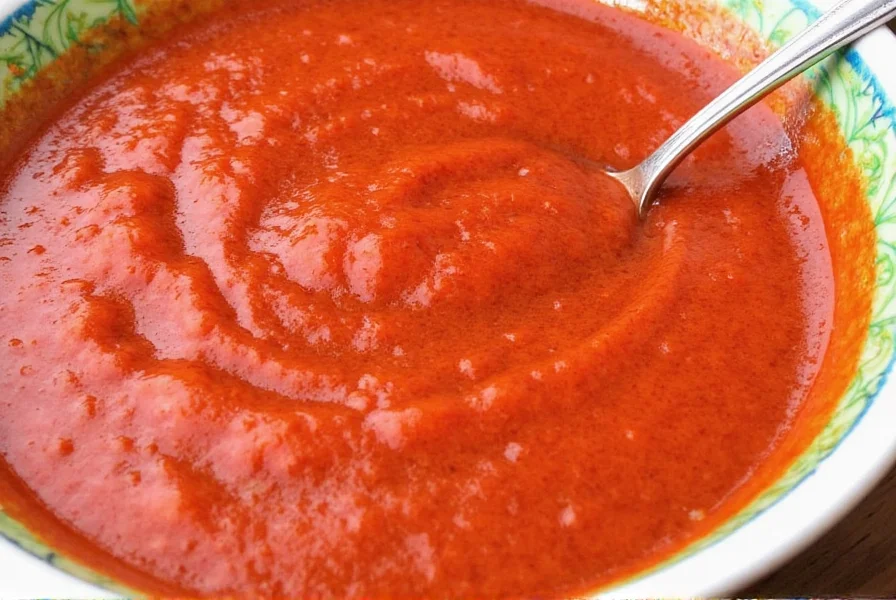
As you can see, while each culture has its own approach to chili sauces, they all share a common goal: to add depth, flavor, and heat to the meal. Peruvian chili sauce stands out for its unique blend of sweetness and acidity, making it a must-try for spice enthusiasts.
Tips for Cooking With Peruvian Chili Sauce
Here are a few practical tips to help you make the most of your Peruvian chili sauce:
- Start Small: Since it can be quite spicy, begin with a small amount and adjust to taste.
- Balance the Heat: Pair it with creamy or acidic elements like avocado, lime, or yogurt to tone down the intensity.
- Experiment: Try mixing it with other sauces like mayonnaise or mustard for a new flavor profile.
- Store Properly: Keep it refrigerated after opening to maintain freshness and flavor.
- Use Fresh Ingredients: If making your own, use ripe ají amarillo peppers for the best results.
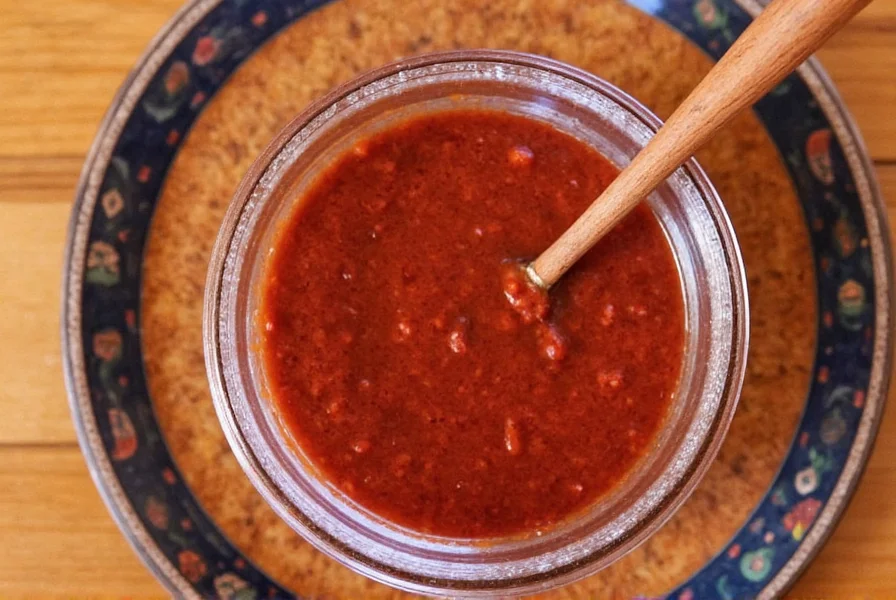
These tips will help you unlock the full potential of Peruvian chili sauce without overwhelming your palate.
Conclusion
In summary, Peruvian chili sauce is more than just a spicy condiment—it's a symbol of Peru's rich culinary heritage. From its bright, zesty flavor to its wide range of uses, this sauce offers something for everyone. Whether you're trying it for the first time or adding it to your collection of global spices, Peruvian chili sauce is sure to leave a lasting impression.
So, the next time you're in the kitchen, don’t forget to reach for that bottle of Peruvian chili sauce—it might just become your new favorite ingredient.


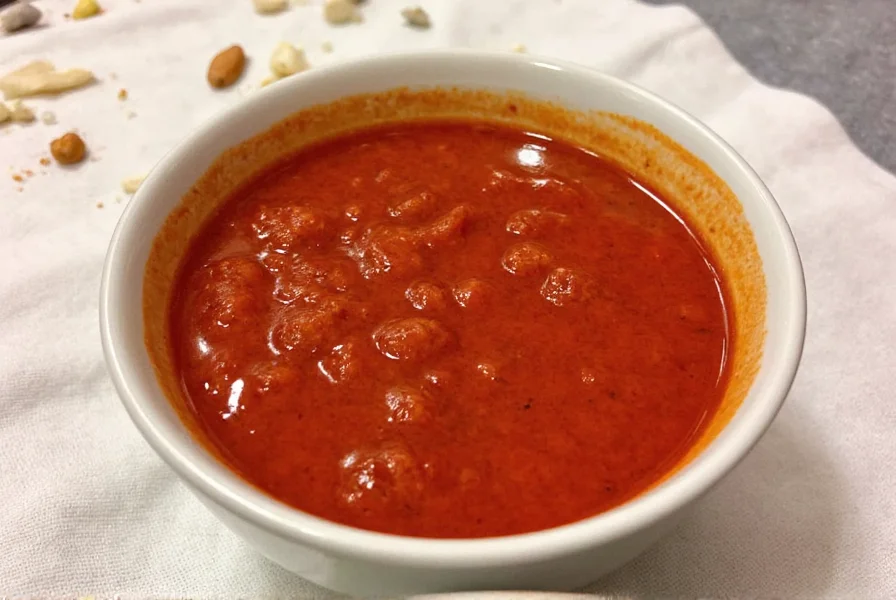









 浙公网安备
33010002000092号
浙公网安备
33010002000092号 浙B2-20120091-4
浙B2-20120091-4